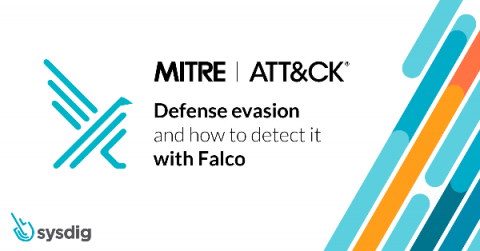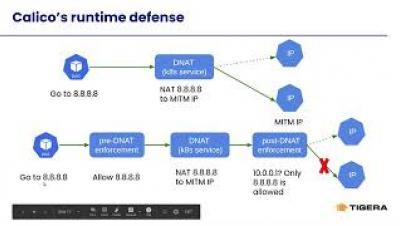How Healthcare Can Combat Cybercrimes? | Appknox
One of the most crucial things for the healthcare sector during the ongoing global pandemic, amidst many other competing priorities, is keeping a check on its cybersecurity measures. During the first half of 2020, HHS or the Department of Health and Human Services recorded a 50% increase in cybersecurity breaches in the field of healthcare itself.










